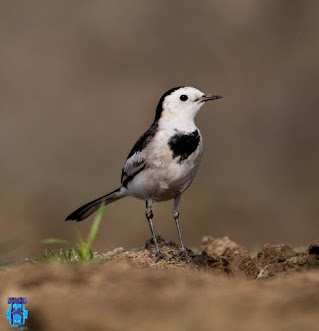Bengali: লালঝুঁটি ভুতিহাঁস
Scientific Name: Netta rufina
IUCN: Least Concern
Description: Large, square orange head, red bill and black breast. The flanks are white, the back brown, and the tail black. The female is mainly a pale brown, with a darker back and crown and a whitish face. Eclipse males are like females but with red iris and bills.
Food: They are omnivores, and they take aquatic vegetation supplemented by aquatic invertebrates, amphibians, small fishes.
Habitat: Breeding habitat is lowland marshes and lakes. They also inhabit deep fresh or brackish water bodies. They occur in reed-fringed lakes, rivers, lagoons, estuaries, rivers, streams and sheltered coastal habitats.
Distribution: Scattered across North Africa, Europe, and Asia.





















